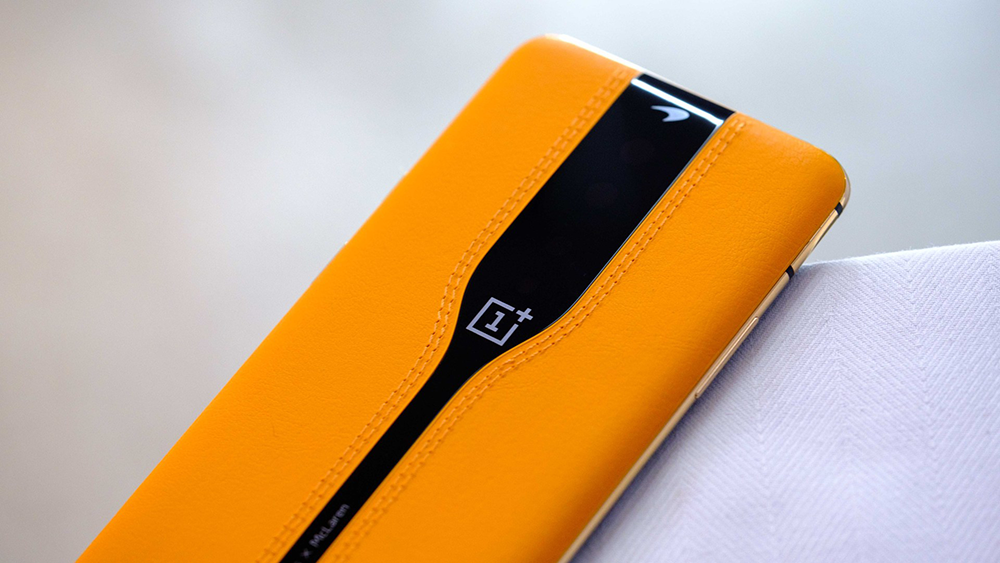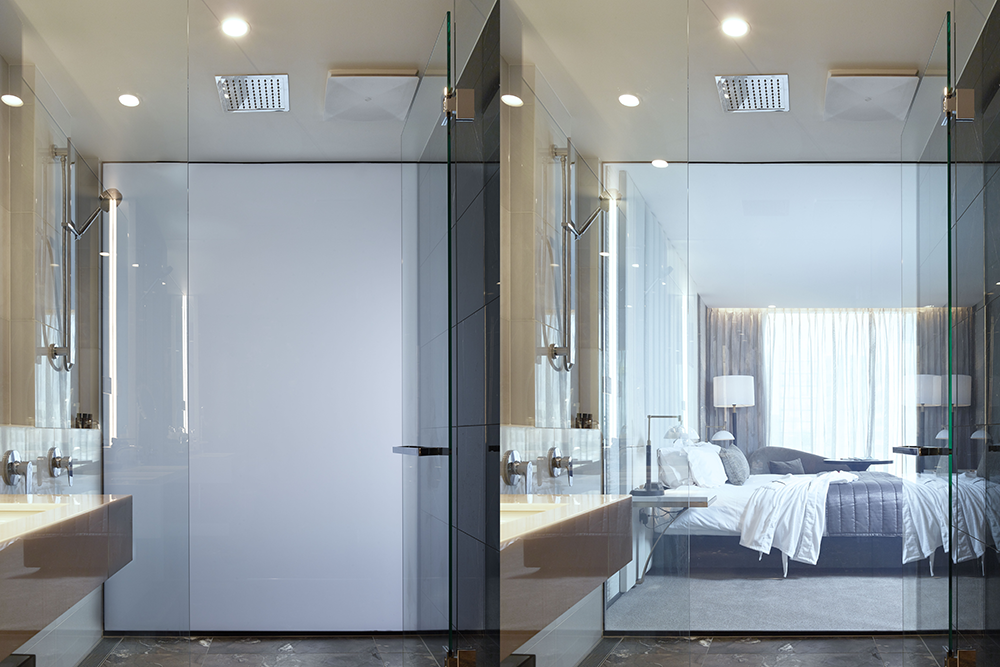Electrochromic Glass

Up until the invention of electrochromic glasses, there were two kinds of glasses - regular glass and Low-E glass. Now, regular glass is well… regular, the Low-E glass was a bit opaque and it allowed less heat to enter into the house. This wasn’t a full-proof solution for most people. Thus the electrochromic glass was born.
Glasses are everywhere around us. They are no longer only used in buildings and large structures. They have also made their way into many household appliances like washing machines, dishwashers. They can be seen on devices such as laptops, smartphones, televisions and more recently, smartwatches as well. Glasses are most abundant in homes and it allows us to look into the outside world (and vice versa). Very cool invention I must say. With the advent of technology breakthroughs, a new kind of glass called electrochromic glass is making its way into the market.
Electrochromic glass, also known as smart glass or dynamic glass is an electrically charged glass that allows us to control the opacity of the glass in the sense that we can turn it light and dark with the flick of a switch. This type of glass has many advantages for us and to the environment. The first and the most important thing is that it allows us to tint the glass to dark or light as per we please. This would be very cool to have during summers when you want less heat and sunlight to enter into your home. As a result, you’ll save more money on your air-conditioning bills. Moreover, during winters, you can flick the switch to lighten up the glass to get more light and heat into the home. In its dark-tinted state, it can block up to 99% of visible light and it offers privacy at the same time while still being to look outside your window.

Electrochromic glasses are also known for your energy-saving benefits. As mentioned earlier, the dark tint allows less light and heat to enter into the house and thus you’ll use the air-conditioning a lot less. On top of that, this electrically charged glass uses less energy than a light bulb when it’s being operated. Alongside energy saving, it also offers other benefits to us. Various researches on electrochromic glass have clearly suggested that it improves patient recoveries in hospitals. It also improves the productivity of the employees and most importantly, it improves the emotional well-being of the people.
Now for all you science nerds out there who might be wondering how all this works - here’s a little explanation. In a nutshell, the materials change their color in the glass as we apply an electric charge across it. There are various technologies of electrochromic glass in use by various electrochromic glass manufactures. One common way of construction of this type of glass is when two or more chemical substances or layers are applied to the glass in order to control the transparency of the sheet. There are a few ways to construct the layers. One way is to combine the conducting electrodes and a reflective electrochromic compound. Another way is to use photo chemicals or electrochromic dyes controlled by a current.
Okay now, let’s get to some of the shortcomings of this new technological arrival. For starters, this type of glass is very expensive to produce. A typical sheet of electrochromic glass will cost you upwards of $500 USD in the market. A whopping amount for most people. Moreover, since you’re probably going to want to have a dozen of these installed at your home, it will cost you a fortune. On top of that, since this is a relatively new technology, there are very few options to choose from in the market. Some technologies will take some time to switch between the light and dark tints so there’s that to keep in mind as well. The regular glasses we use typically have a lifespan of about 10-20 years and we have no idea how long this new electrochromic glass might last, as again, this is still a new technology.
However, the future holds many possibilities. With more and more manufacturing companies on the horizon, the price of these glasses will surely go down. It won’t be far off when we see these glasses in most of the places. Scientists are also thinking of combining of electrochromic glasses with solar cells so that when the dark tint mode is on, the solar cells in it can absorb the sun rays and store its energy for later. So keep your eye out for that as well.
Smart Glass on Mobile Technology
One Plus showcased its very recent Concept One phone to the public. It uses an electrochromic glass on its camera that hides the camera lenses when it is not in use. Once you tap the camera app, the glasses open up in 0.7 seconds and you’re ready to take some awesome pictures. This phone was a concept phone and will not be available in the market but it does show that electrochromic glass also has its applications in the devices we use as our daily drivers and with time, more and more innovations will hit the market.


